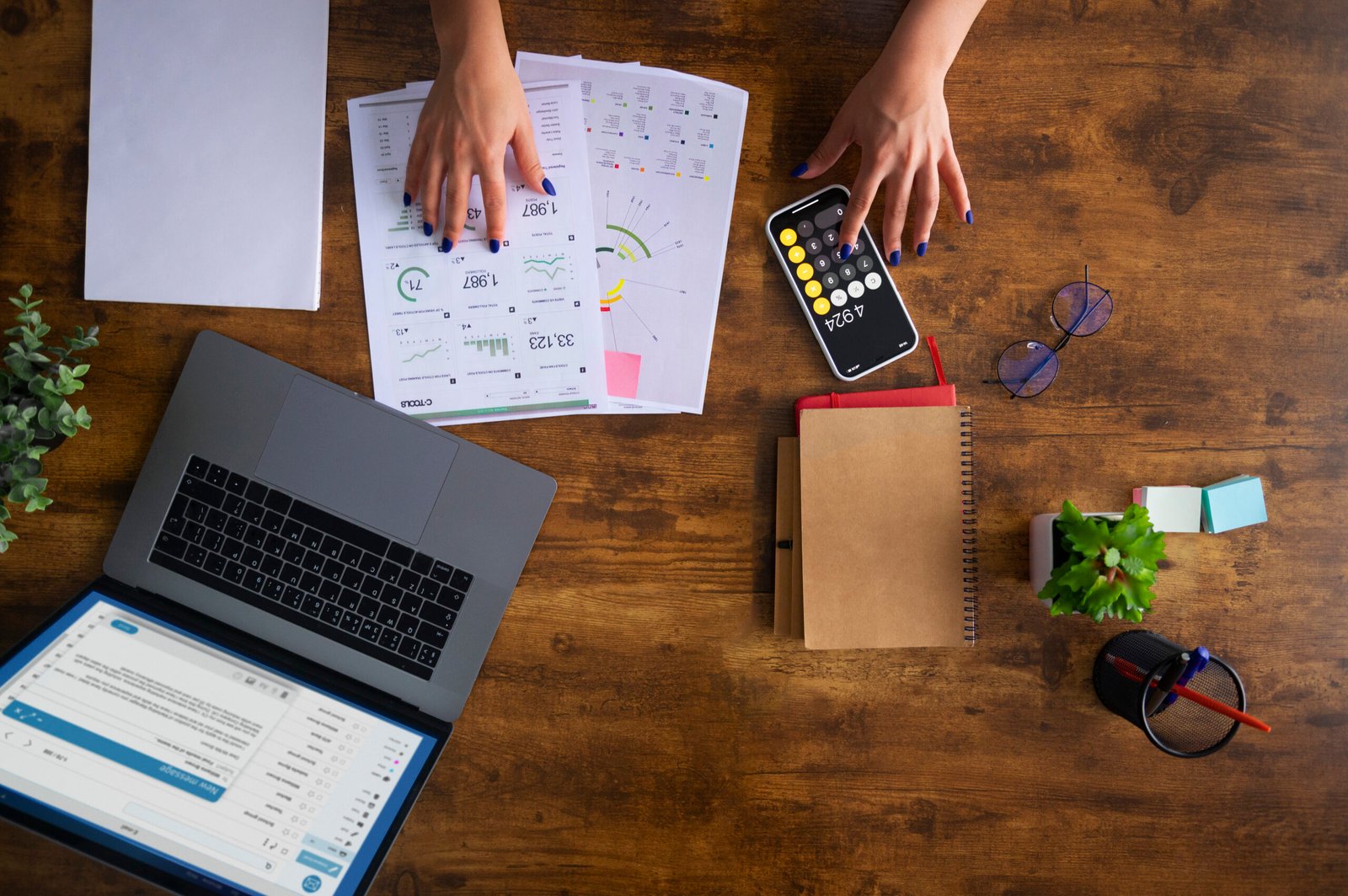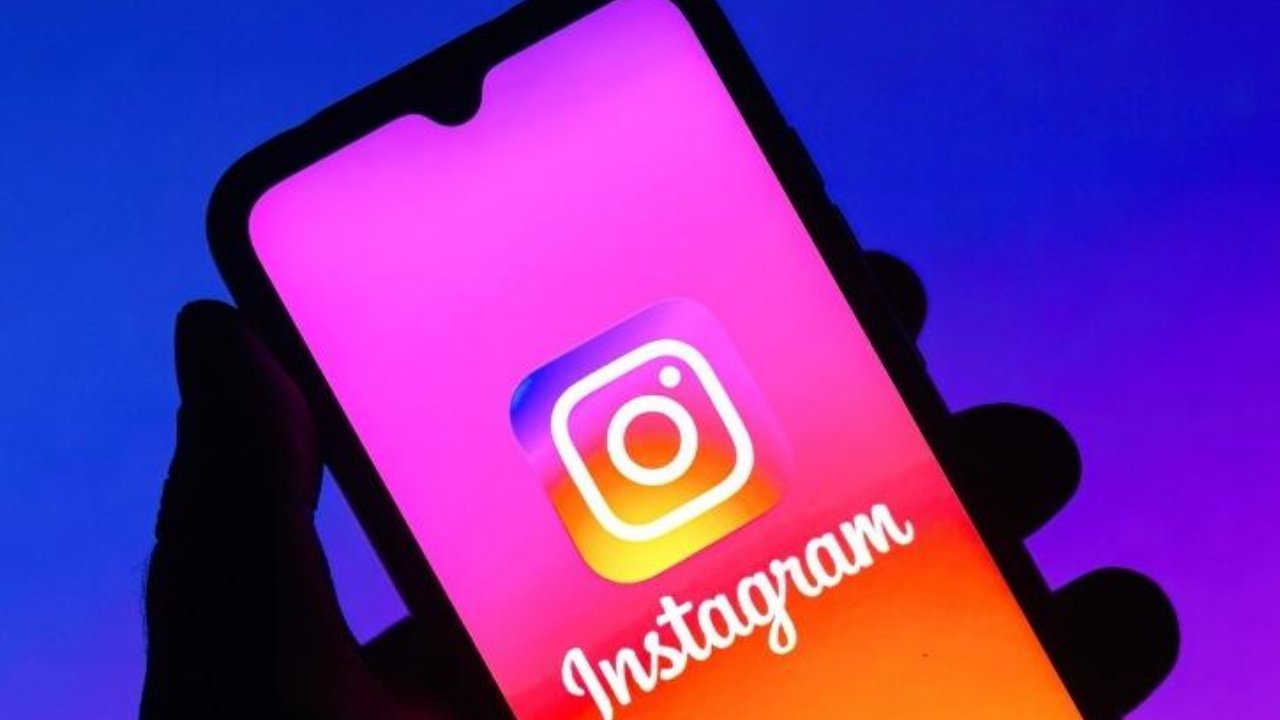Business
Ledger Basics: How Businesses Use Them to Keep Finances on Track

If you’ve ever tracked your monthly bills in a notebook or a budgeting app, you already get the heart of a ledger. It’s the running list that shows what came in, what went out, and what’s left. Scale that up for a bakery, a design studio, or a national brand, and the ledger becomes the dependable system that keeps money stories straight. Nakase Law Firm Inc. often receives questions such as, what is a ledger and how is it used in accounting?, because even seasoned business owners sometimes want clarity on this cornerstone of finance.
Now, zoom out for a second. Without a reliable record, how would anyone spot cash leaks, plan for taxes, or decide if they can afford a new hire? That’s why ledgers sit at the center of day-to-day finance for one-person shops and big teams alike. California Business Lawyer & Corporate Lawyer Inc. often guides clients on broader financial planning, including questions such as how do you make a business plan, and what key components should it include?, which connects closely to the importance of keeping solid financial records.
A simple definition, minus the jargon
Think of the ledger as the single place where every transaction lands and settles. Sales, bills, rent, payroll—each one gets posted to the right account. Over time, the ledger becomes a clean timeline by category: cash, revenue, inventory, suppliers, and so on. It’s like having labeled drawers—open “Cash,” and you see the whole story of money moving in and out.
Here’s a quick connector to real life: a local florist used to stash receipts in a shoebox. After switching to a simple ledger inside her accounting app, she could finally see that wedding bookings were steady, but walk-in sales dipped on rainy weeks. That small insight helped her plan rainy-day promos and even pre-order fewer cut stems on stormy forecasts.
Where the ledger fits in the big picture
Here’s the flow most teams follow: jot daily transactions in a journal, then post them to the ledger. From there, you can build a trial balance and, later, the financial statements. It’s a little like writing down ingredients while cooking, then sorting them onto the right shelves so you can quickly prep tomorrow’s menu.
For example, a neighborhood coffee cart records each card sale in its point-of-sale system. At week’s end, those entries roll into the ledger’s sales account. Now the owner can spot the pattern: latte sales spike on weekday mornings, cold brew climbs on hot afternoons. That kind of pattern only shows up when the ledger pulls the threads together.
Different ledgers for different views
Not every business runs on one catch-all list. Many use a few focused ledgers side by side:
- General ledger: the central book that feeds your financial statements.
- Sales ledger: customer activity and unpaid invoices at a glance.
- Purchase ledger: supplier bills, credits, and what’s still owed.
- Cash ledger: cash movements day by day, often the first stop for quick health checks.
Here’s a handy connector: think of the general ledger as the full map, and these others as close-up street views.
What entries look like, step by step
Every entry has two sides—one debit, one credit—so the books stay balanced. Picture a design studio paying ₹85,000 for chairs from the bank account. The “Office Equipment” account goes up (debit), and “Cash” goes down (credit). It’s a simple cause-and-effect rhythm, repeated across the business.
A brief story to bring this home: a photographer once wondered why her bank balance felt low even with steady bookings. Posting each invoice and expense to the ledger showed the culprit—equipment rentals clustered in the same two weeks each month. After spacing rentals out and raising rush-job pricing, her month-end cash steadied.
Why teams keep coming back to the ledger
Here’s the short list, with a few real-world payoffs:
- Clarity: know where money flows, not just where you think it flows.
- Trust: lenders and auditors take you more seriously when records line up.
- Confidence: decisions stop feeling like guesses.
- Proof: if a tax notice arrives, the ledger provides the paper trail.
Quick story: a small catering company won a bank line of credit because their ledger showed consistent margins on corporate lunches over six months. The banker said, “You know your numbers.” That confidence came straight from tidy accounts.
From pen-and-paper to apps that actually help
Once, ledgers lived in thick books filled with hand-drawn columns. Edits meant erasers and crossed-out lines. These days, software handles the heavy lifting—pulling bank feeds, tagging transactions, and generating reports. QuickBooks, Xero, FreshBooks, and custom systems for larger companies can all serve as digital ledgers.
And yes, the human side matters. Owners who used to spend Sunday nights reconciling now click a few buttons and get back to real work—meeting clients, coaching staff, or testing a new product line. That time win adds up.
How statements borrow their strength from the ledger
Those polished reports—balance sheet, income statement, cash flow—stand on ledger data:
- The balance sheet reflects what you own, what you owe, and what’s left for owners.
- The income statement shows money earned and spent over a period.
- The cash flow statement shows when cash actually moved, which explains why profit and cash don’t always match.
Here’s a connector: if the ledger is the pantry, the statements are the prepared dishes you serve to investors, lenders, or your own leadership team.
Reconciliation: the double-check that saves headaches
Even strong systems need a second look. Reconciliation compares the ledger to outside records—bank statements, supplier invoices, payroll reports. Spot a mismatch? Fix it before the month runs away from you.
A short example: a boutique gym found tiny bank-fee errors sprinkled across three months. The only reason they noticed was a habit of reconciling weekly. One email to the bank later, the fees were reversed, and their process caught a similar issue the next quarter—no panic, just a quick fix.
What’s next for ledgers
Two trends are worth watching. First, shared records like blockchain promise logs that can’t be quietly changed later. That kind of transparency could reshape how companies verify transactions. Second, smarter software can highlight odd patterns—say, office supplies outpacing last year’s levels—so teams can act sooner. Tools won’t replace good judgment, but they can nudge you toward timely decisions.
The bottom line
So, what is a ledger and how is it used in accounting? It’s the steady record that lets a business see clearly, plan with less stress, and speak confidently to banks, partners, and tax officials. For someone starting fresh, the ledger becomes a quiet partner that supports every big call—hiring, purchasing, pricing, and more. For seasoned operators, it’s the habit that keeps growth on track.
One last story to tie it together: a family-run bookstore built a simple weekly ritual—post receipts every Friday, reconcile on Monday morning. Within a month, they spotted slow-moving titles and shifted display space to better sellers. Sales ticked up, cash felt less tight, and the owners finally took a weekend off. That’s the kind of everyday win a solid ledger makes possible.
-

 Tech1 year ago
Tech1 year agoHow to Use a Temporary Number for WhatsApp
-

 Business2 years ago
Business2 years agoSepatuindonesia.com | Best Online Store in Indonesia
-

 Social Media1 year ago
Social Media1 year agoThe Best Methods to Download TikTok Videos Using SnapTik
-

 Technology1 year ago
Technology1 year agoTop High Paying Affiliate Programs
-

 Tech10 months ago
Tech10 months agoUnderstanding thejavasea.me Leaks Aio-TLP: A Comprehensive Guide
-

 FOOD1 year ago
FOOD1 year agoHow to Identify Pure Desi Ghee? Ultimate Guidelines for Purchasing Authentic Ghee Online
-

 Instagram3 years ago
Instagram3 years agoFree Instagram Auto Follower Without Login
-

 Instagram3 years ago
Instagram3 years agoFree Instagram Follower Without Login



















